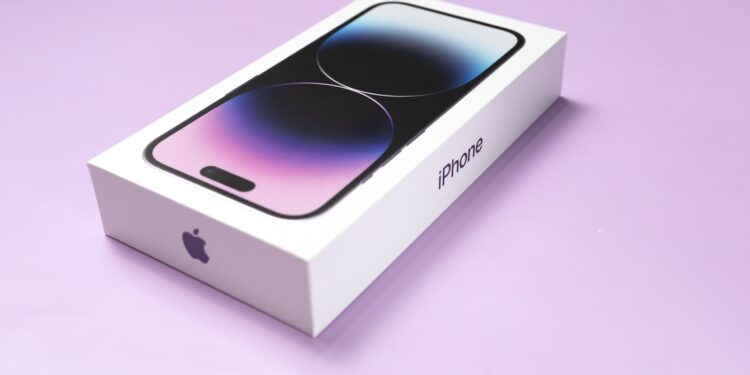Apple is restructuring its supply chain, focusing on new partnerships and new locations. Particular focus is placed on a key component of the iPhone: the image sensor. Previously, these came exclusively from Sony and were manufactured in Japan. That's now changing.
Apple will manufacture triple-layer image sensors for future iPhones in the US. The company is collaborating with Samsung, specifically at its factory in Austin, Texas. The collaboration was announced as part of a larger investment program Apple announced for US manufacturing, totaling $600 billion. The new sensors are expected to be used in the iPhone 18 series.
New sensor technology used for the first time
The planned camera sensors are based on a technology that has never been used in mass production before. They are so-called three-layer sensors with vertical stacking of several sensor layers. This design offers several advantages:
- higher pixel density
- better performance in low light conditions
- faster readout speed
- lower power consumption
- extended dynamic range
The sensors come from Samsung's System LSI division. Mass production is handled by the Foundry division—also at Samsung in Austin. Manufacturing in the USA allows Apple to produce the new components closer to its home market and become less dependent on international supply chains.
Preparations for series production are already underway
Apple is known for testing and validating new components well in advance. Initial production tests have apparently already begun for the sensors from Texas. This suggests that they are firmly planned for the iPhone 18 series, which is scheduled to be released next year. Until now, every image sensor in the iPhone has come from Sony. These were manufactured in Japan and further processed by TSMC. The move away from Sony and toward Samsung marks a significant shift in direction. It demonstrates that Apple is increasingly relying on its own production lines in the USA – and is also breaking new ground in the process.
Apple relies on technological independence
With the switch to US-made image sensors, Apple is not only changing its location, but also its technology. The three-layer chips deliver higher performance while improving energy efficiency—two key aspects for every new iPhone model. At the same time, Apple is securing more control over critical components and reducing its dependence on individual suppliers. The collaboration with Samsung in Texas is therefore not only a technological advancement, but also a strategic step toward greater independence. (Image: Shutterstock / n.tati.m)
- Apple relocates entire glass production for iPhones to the USA
- Apple increases US investments to $600 billion
- Trump announces chip tariffs – Apple remains out





